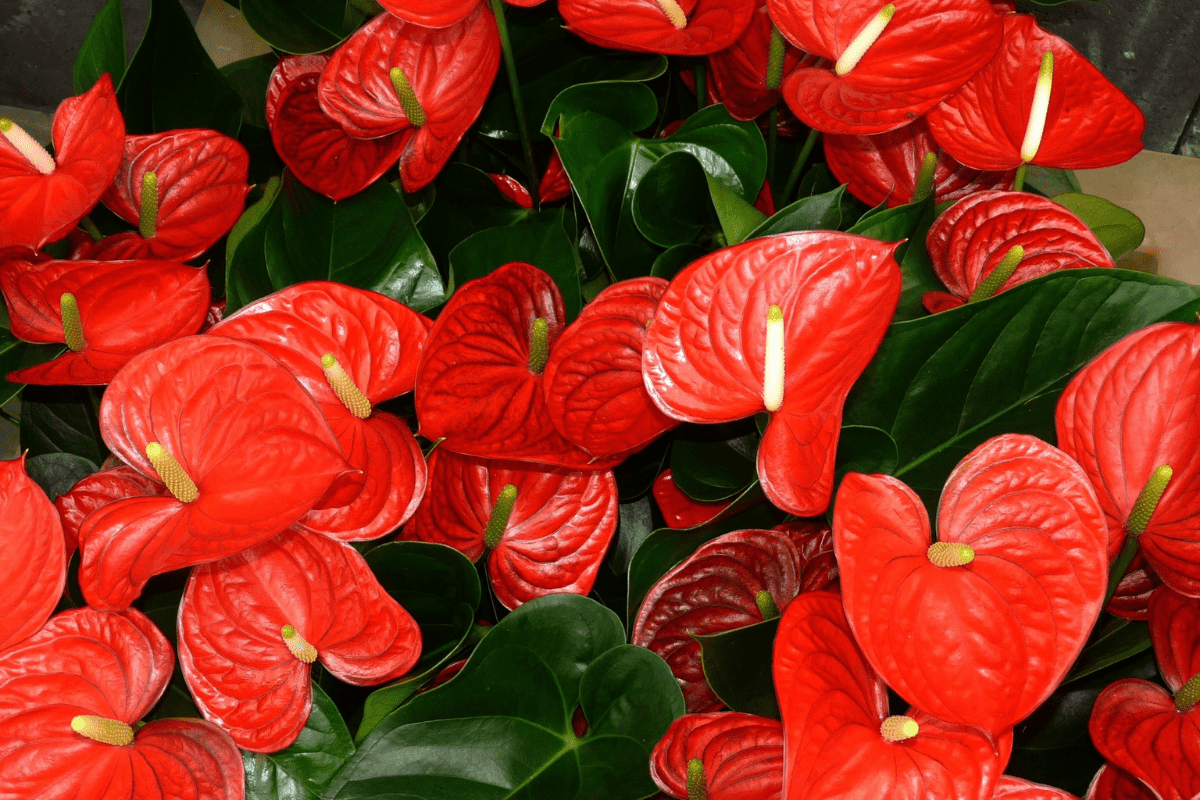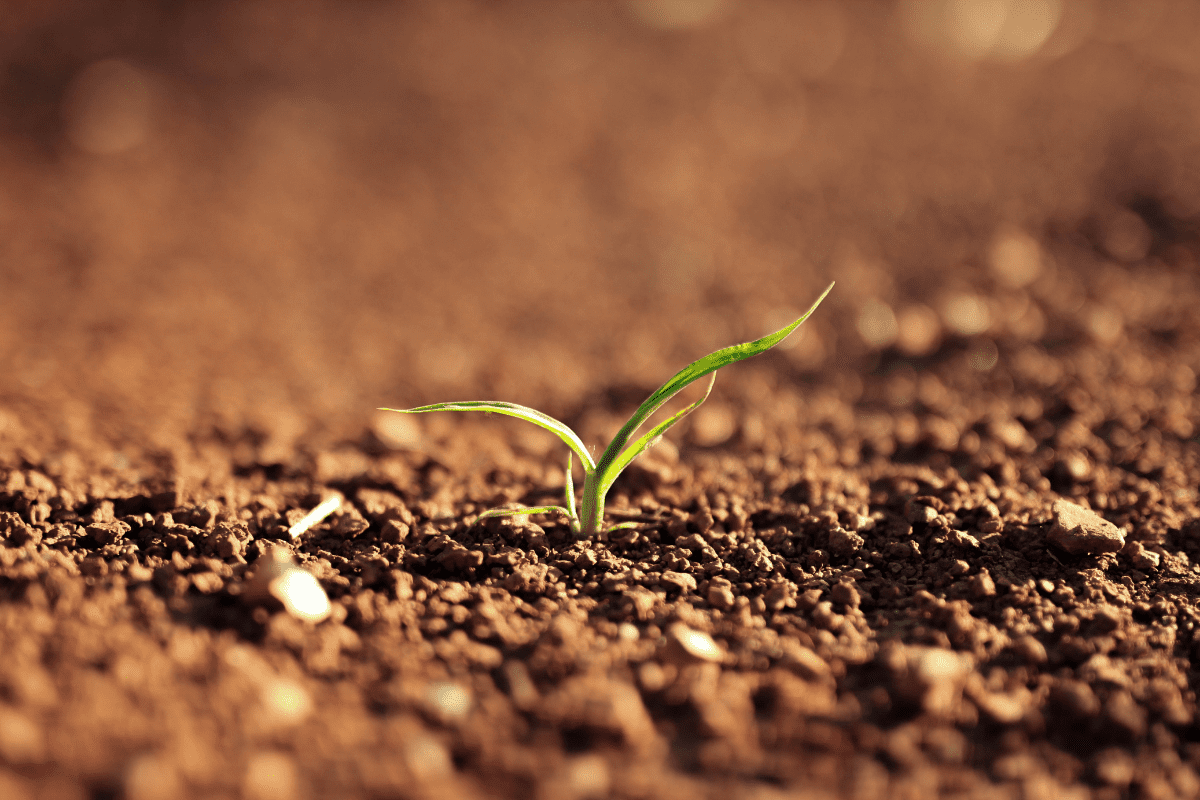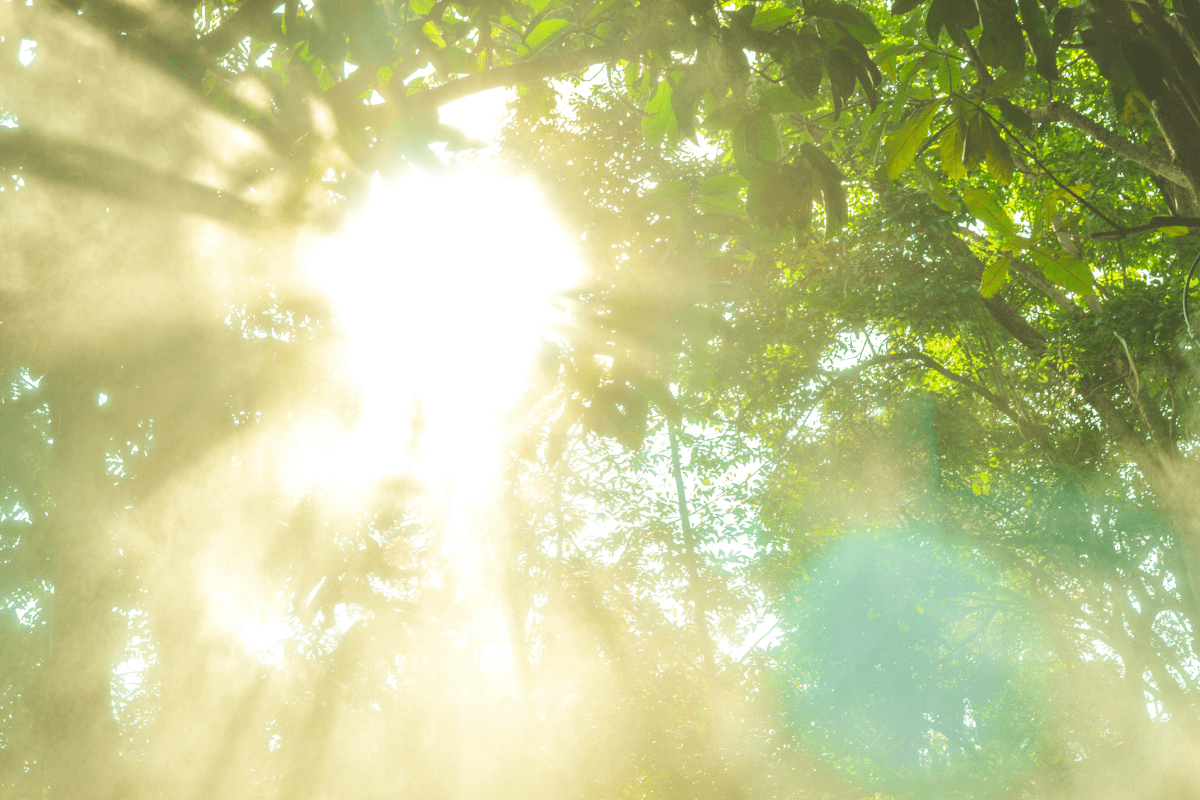How To Care For Your Indoor Anthurium Plant
Imagine you’ve just picked up a beautiful new plant, a lovely one of the anthurium variety.
You can’t wait to see how it looks at home – how it’ll brighten the place up with its color! But there’s a slight problem: what’s the best way to care for it and make sure that it keeps healthy and alive?
Well, we’ve got the answers for you! In this guide you’ll find out all about how you can best look after your anthurium plant indoors, making sure that it stays fit and healthy, and cheers up your home.
What Is An Anthurium Plant?

Anthuriums, also known as laceleaf plants, are a genus that has about 1000 different species within it. That’s a lot of choice for you when it comes to picking one!
Anthuriums can come in all sorts of colors, giving you even more choice: green, yellow, red, pink, black, white, and more. Red is probably the most common and popular.
The beauty of anthuriums comes at a price, though, because they need to be tended to in very specific ways. If you want your new plant to survive, you’d best follow this guide!
Growing An Anthurium Indoors
There are a few key basics you’ll want to have in place when you first set your anthurium up indoors.
Firstly, you’ll want to get a plant stake to put alongside the growing anthurium.
This is because anthuriums aren’t good at keeping upright by themselves as they get taller, and they need something supporting them.
When they’re growing outdoors, this isn’t a problem, because they use other plants to help keep them up. At home, however, you’ll need something like a stake or a skewer.
Imagine that it’s a climbing frame for flowers – it’s something for the plant to hold onto and climb!
Secondly, you want to put your anthurium in a pot that’s more than big enough to allow it to grow into.
If the plant ever begins to grow out of the pot, with the roots coming above its soil, then you’ll need to carefully remove it and re-house it in a new pot.
Speaking of repotting, you’ll want to re-pot your anthurium about every three years, just to keep giving them room.
You also want to make sure that your pot has good drainage in place. Do this by putting small pieces of pot at the bottom of it, which should prevent the pot’s holes from getting blocked.
Speaking of draining water, you want to water your plant modestly, making the soil moist but not flooded.
The Best Soil For Anthuriums

The ideal soil for anthuriums is one that will keep some of the water from your watering, but still drain enough to keep the plant from drowning.
As we’ve mentioned, your chosen pot should be helping with this draining, using its hole to filter out the unwanted water.
So what soils best offer this combination of holding and draining water? A mixture of orchid soil mix and normal houseplant soil should do a good job for you.
The half-and-half combination of the two soils creates a perfect blend that retains enough water for feeding, while draining the rest.
Similarly, a more thorough blend would be a mixture of that orchid soil, but with peat moss and sand thrown into the bunch too.
It’s a very specific blend, but does a wonderful job at catering to your anthurium. Peat moss alone is well known for helping soil to hold nutrients effectively.
Watering Your Anthurium
As you’ve just seen, a great soil is going to be a very important part of keeping your anthurium well hydrated.
That being said, you still need to adopt a regular watering routine, making sure that you give the plant enough water on a constant basis. How will you know how regularly though?
Well, the top of the soil is a good clue. If the top has stopped being moist and has become dry, then it’s time to water.
If you leave it too long, the soil as a whole will dry out, and it could damage the anthurium.
Dried soil will stop the plant growing, and the roots will become accustomed to dryness and find it harder to get hydrated again.
Similarly, too much water is very bad. As you probably know, overwatering a plant will kill it, essentially drowning it.
You want to strike the balance between under-watering and over-watering! Which is “moist”.
You want to keep the soil moist at all times. If you’ve given it anything more than moist, you should be able to tell by the water flooding out of the drainage holes at the bottom of the pot.
Make sure you’re only giving enough water to keep it moist, rather than like a mini ocean, and make sure that you do it regularly.
Give it time to soak up the water, though! Regular watering does not mean every hour.
The Best Light Levels For Anthuriums

Just like watering, the light that your anthurium will require is all about balance. You want to strike the perfect balance between light and dimmer light.
That is to say: it’s all about “indirect” light. This is light that isn’t directly from the source, rather it’s spread all around the space through reflection. This means that it’s still light, but it isn’t as bright and powerful.
So, you want to position your anthurium in a room that has a lot of indirect light. If you put it in the dark? It won’t grow. If you put it in low lighting?
It’ll grow, but much slower and less effectively than in indirect light. If you live in dimness, you may want to pull open a curtain or two.
On the other hand, extreme sunlight destroys the plant. The leaves of anthuriums are prone to burning if they’re placed in direct light, for example right under the powerful glare of the sun.
Speaking of sun, temperature is important: anthuriums like it humid. If it ever gets cold, try using a humidifier to keep it healthy.
Breeding Anthurium
If you’ve found it easy keeping your anthurium alive with these steps, you may want to grow more!
Like most flowers, cut a stem off your anthurium and plant it into some soil. Use all the same techniques as above to tend to it.
If It Isn’t Flowering?
You must try and get the right balance of everything: pot, water, soil, and light. This mix of nutrients and help should make the anthurium bloom.
If it still isn’t in flower, though, try adding some very weak fertilizer to it, about quarter strength. Full fertilizer could harm it, so make sure to use a weakened version.
Conclusion
There you have it! If you have a new anthurium, you now know exactly how to keep it growing in good health.
Make sure that you get the perfect combination of soil and watering, with a pot that has good drainage systems.

